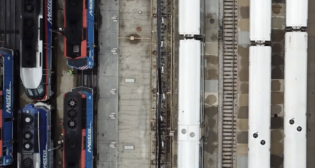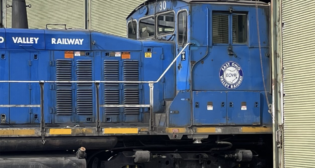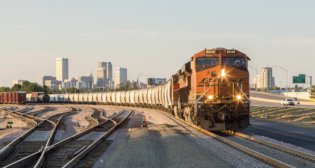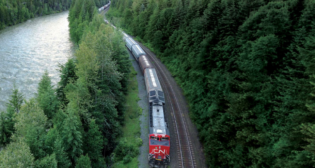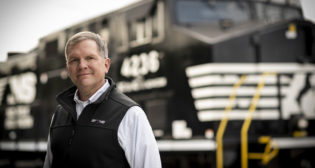
When a Tough Work Shift Results in Tragedy
Written by David Schanoes, Contributing Editor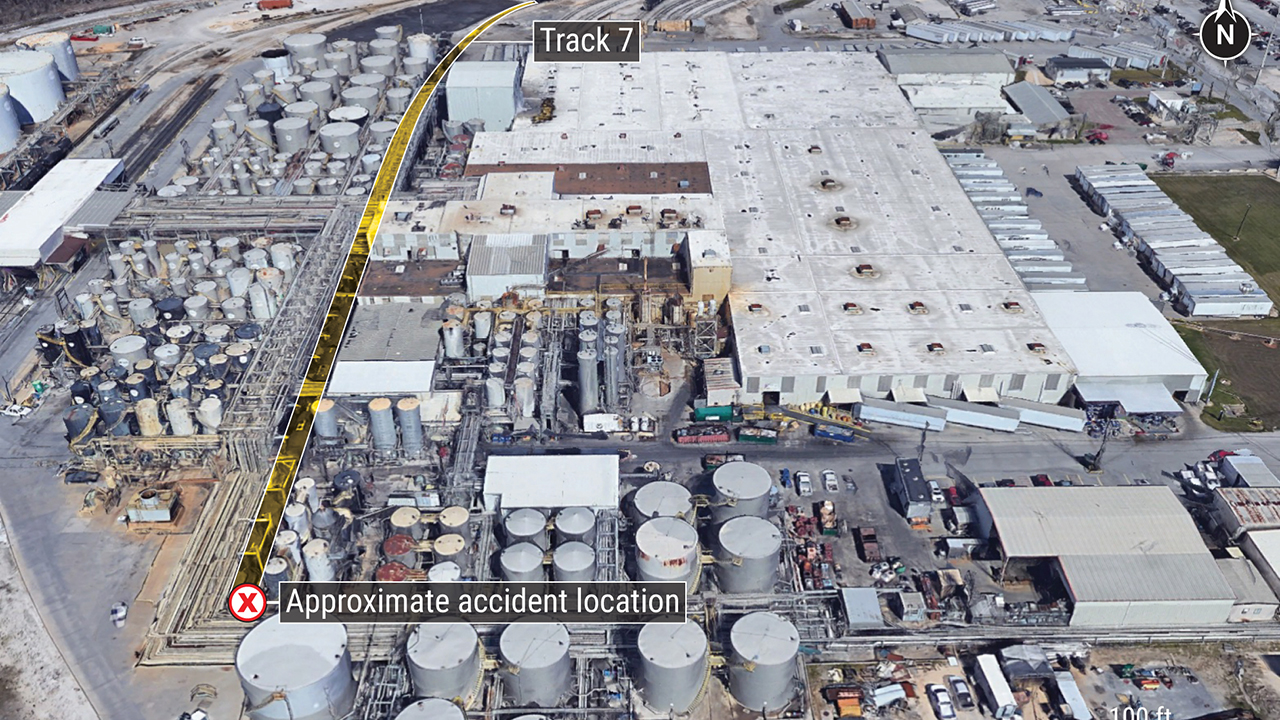
PSC Group Train Conductor Fatality. NTSB graphic.
There are accidents, incidents, all with a greater or lesser cost to the service. And we don’t lack for explanations—there’s always stupidity, distraction, inattentiveness, defects of one sort or the other, unsafe procedures, unsafe environment. There’s risk that’s built-in and then there’s risk added by stupidity, distraction, carelessness, defects, unsafe procedure and/or environment. We don’t lack for accidents, unfortunately, and we don’t lack causes.
None of the above should be ignored, dismissed, leading as the above too often do, to tragedy, but neither should the determination of cause obscure the resulting tragedy. I mean real tragedy, like when things are going wrong—things have been going wrong all shift—and a conductor or a brakeman or a locomotive engineer tries to make things go right, like calculate a shortcut or figure “just this once,” or decide to break the chain of screw-ups by shouldering just a bit more personal risk. And then, things go from bad to worse, from screwed-up to catastrophic.
On Dec. 22, 2023, NTSB released the results of its investigation into the fatality of a conductor while spotting cars on tracks belonging ExxonMobil at a site in Beaumont, Tex. The conductor was on the ground, protecting the shove move as he gave distance counts in car lengths to the locomotive engineer.
NTSB determined the cause: “We determined that the probable cause of the Oct. 28, 2022, PSC Group conductor fatality was (1) the conductor, for unknown reasons, entering the red zone where there is an increased risk of being struck by equipment and (2) the engineer not following PCS Group operating procedures to stop the train after hearing no additional instructions from the conductor.”
Nothing wrong with the cause: The conductor for some reason was within the area of imminent contact with the cars being shoved, without first stopping the movement and arranging for some iteration of “three-point protection” (brakes applied, reverser centered and removed, generator field off). The engineer, whose last radio contact with the conductor was the conductor announcing the distance to the “spot” of “three cars” (approximately 180 feet), did not take action to stop the train as required by the rules—within half that distance, 90 feet, when no further communication was received.
I have a bit of familiarity with chemical plants and a bit more with switching inside an industry, and while I recognize both as part of the job, I hate them. I just never felt comfortable switching tank cars outside the plant, and always felt worse spotting the cars inside the plant. It’s tough to relax when every car on every track is placarded hazardous material. If any of that stuff was going to get on me, I wanted it to be in a rainstorm that flooded the class yard, making years of chemical drips come oozing up through the ballast in a rainbow of colors and smells that convinced me never ever to wear my boots anywhere but work.
Accessible from the NTSB website is the docket of information the agency compiled in its investigation. Included in the docket are transcripts of interviews with employees, supervisors and witnesses; data recorder downloads; applicable safety rules; factual reports from investigating sub-committees, employee records, etc.
The crew was on duty at 6PM and … and we’ve all experienced this—you show up, you register, you look around and realize you’re already three hours behind. Cars that must be pulled from the plant aren’t ready to be pulled. Tracks that must be spotted aren’t ready to receive the inbounds. Cars for the tracks that must be spotted are facing in the wrong location. It’s a bad night, or day, and it hasn’t even begun.
So, you decide to flip the script a little and switch a different location in the plant compound first. You get your ordered in/ordered out list for that part of the plant, and you move your locomotive to get the cars ordered in, but something goes wrong somewhere. Maybe it’s a pair of switch points out of adjustment or something else. So, you sit and wait until you get the okay to move.
“Finally,” you think, and you get the inbounds all switched up and begin to shove into the plant, and when you’re about one car length and 15 seconds away from spotting the first car, the plant foreman comes out and tells you you’re spotting the wrong cars. So, you stop your train and compare switch lists with the foreman, and they are different lists. You were given the wrong sheet when you first came on duty.
You take the “new” switch list, and check for the location of the “new” cars on the yard inventory, and you tell your crew to pull ahead and stop at the crossing and wait, because the switch list has been changed. “Dear Lord,” you can practically hear their thoughts over the radio, “Will we get anything done tonight?”
You get back to the storage tracks, re-switch your train, drop 6, pick up 2, then pick up 2 from the 6, then 4 from the yard … and you make your way back to deliver the inbounds early to the part of the plant scheduled to get them later.
Now you want to head back to the “A” side, but enroute, the shift supervisor pulls up in a truck and hands you a new switch list. Everybody is thinking, “This can’t be happening.” Except you. You’re thinking, “How bad must it have been in Russia if we’re the remaining superpower?”
So, you switch your train again. A real crapper of a day, or night, and now you’re 4 hours behind schedule. But at least your train is made up. You make up the hoses, shoot the air through, do an on-and-off of the brakes to make sure they work, and you’re ready to shove down onto the track that has one road crossing and two employee crossings called, respectively, the “north breezeway” and the “south breezeway.”
Tonight, a trainee has been assigned to your crew and you’ll use him or her to protect the road crossing. Your brakeman will protect the north breezeway. He’ll hand control over to you and you’ll protect the south breezeway and bring the south car to its designated spot, which is ten feet north of a bumping block. This means the distance from the south breezeway to the spot is about a single car length. Your locomotive engineer knows the moves. He knows to control the speed, moving no more than 4 MPH. He knows the trainee. The brakeman will give him car counts, distance measures, to the road crossing and the north breezeway, and then you’ll give him the counts the rest of the way to the spot. He knows to repeat the counts except for the last two car lengths of movement.
Everybody knows that if they don’t hear from you within half the previously announced distance—within three car lengths after you’ve called “six cars”—to a designated point, the train movement must be stopped.
It’s a bad night, or day, but this is a regular move. You’ve done it a thousand times and that’s no exaggeration. So, the movement begins, and the handoffs go smoothly. The train is coming in at walking speed, you call “three car lengths to the south breezeway,” and your engineer responds “three.” And then, somewhere a radio, maybe on a different locomotive in the area, or your own, gets stuck in the “transmit” mode. You know you can’t transmit against or “over” the interference. You watch as your train advances 90 feet and doesn’t slow down. You watch as 170 feet disappear second by second.
You think “We’re going to hit the bumping block and derail. Or worse.” You can’t let that happen. You see the angle cock on the south end of the south car, and you know that if you can open it, the air in the brake pipe will vent to atmosphere and trigger an emergency brake application on the train.
The train is moving at 4 MPH, walking speed. You decide to straddle the rail and open the angle cock as the train moves toward you, and then move out of the way.
And a bad night becomes a tragedy.
Now, I have no way of knowing that that’s exactly what happened. And I know I would never do that. But I can see myself in that situation thinking of doing that, and that’s scary enough.
So maybe when it’s a bad night, or day, it’s the time to stop and regroup—take five minutes and stand down before it gets worse.
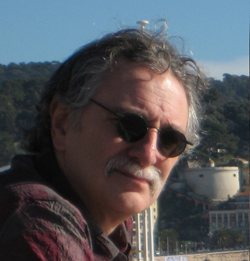
David Schanoes is Principal of Ten90 Solutions LLC, a consulting firm he established upon retiring from MTA Metro-North Railroad in 2008. David began his railroad career in 1972 with the Chicago & North Western, as a brakeman in Chicago. He came to New York in 1977, working for Conrail’s New Jersey Division. David joined Metro-North in 1985. He has spent his entire career in operations, working his way up from brakeman to conductor, block operator, dispatcher, supervisor of train operations, trainmaster, superintendent, and deputy chief of field operations. “Better railroading is 10% planning plus 90% execution,” he says. “It’s simple math. Yet, we also know, or should know, that technology is no substitute for supervision, and supervision that doesn’t utilize technology isn’t going to do the job. That’s not so simple.”
